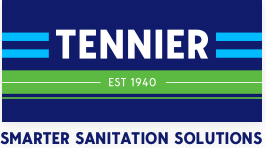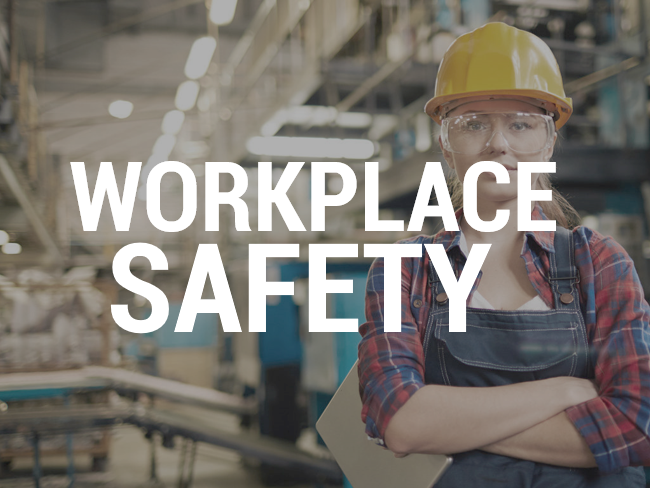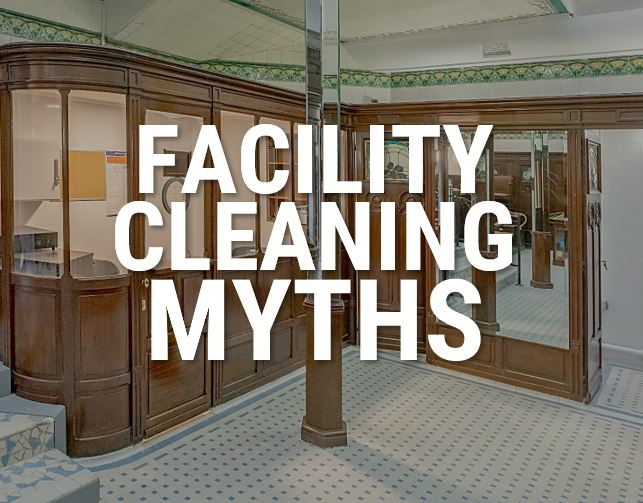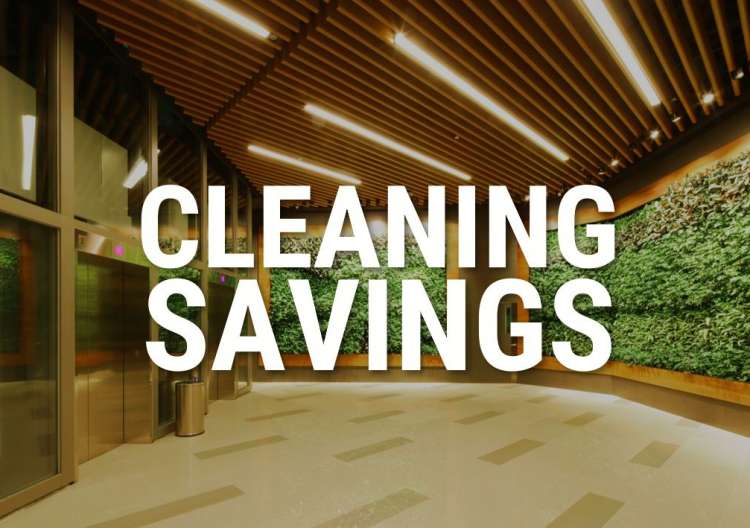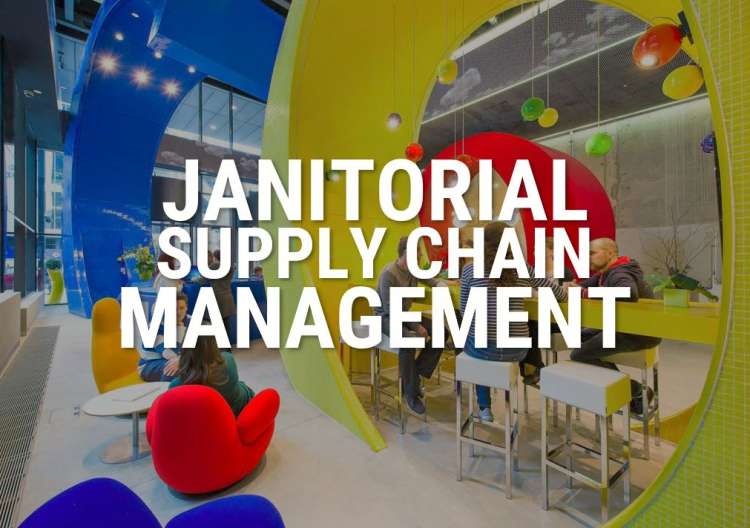Safety guidelines are important for all kinds of workspaces
Many of us think of ‘workplace safety’ as the kind of thing that really only matters for industrial or manufacturing workplaces: It’s easy to understand why safety would be important in facilities with big equipment, or hazardous chemicals, or huge warehouses that require motorized vehicles to navigate.
But in fact every workplace has the potential for safety-related accidents and their problematic consequences. Which means every workplace needs a safety program in place.
Here’s how to put yours together:
1. Assess. Take some time to think about the actual safety hazards posed by your workplace. If you’re in a tall office building, maybe you need to consider what happens if elevators break down or a mysterious package shows up at the front desk. If you’re a retail operation, maybe you need to think about how to ensure employees and customers don’t trip on wet floors or suffer falls when reaching to put products on high shelves. Just because the potential for harm seems minor doesn’t mean it shouldn’t be documented.
2. Solicit information from employees. Don’t assign the assessment and development of your safety program to one or two senior managers who work in isolation. Ensure you speak with team members in different areas of the organization, and at different levels from intern to C-suite. They’ll provide you with more information about potential hazards than any one person can gather on their own (you’ll probably also learn they’re performing tasks you never knew about, too – also important for health and safety across the organization).
3. Detailed documentation. No one likes this part, but it’s crucial: Ensure all the information you’ve gathered in the assessment and employee interview stages is properly documented in a central location, along with clear guidelines for prevention and response for each hazard. And don’t let it be one of those projects that drags on forever: Ensure it’s completed, vetted, and in a readable format in a central location. Because otherwise all the research can’t get used properly.
4. Give your employees adequate training. Most health and safety experts say that the #1 reason accidents – big and small – happen is because employees simply didn’t know enough. They didn’t know enough about the potential for accidents, they didn’t know how to prevent them, and they didn’t know what to do when they happened. So once you’ve documented your safety issues and established procedures, you must communicate those to your employees.
5. Keep training your employees. One big all-team meeting to announce that you’ve got a safety program and set some guidelines just isn’t enough. You’ll need to train employees in smaller groups depending on role and function; you’ll need to provide them with collateral materials they can keep at their desk; and you’ll need to provide refresher training sessions at regular intervals to keep the information updated and fresh in their minds. It’s also worth putting the information online and requiring employees to read and then acknowledge their understanding of the material.
6. Enforce annual updates. Your business is constantly changing, which means so are the tasks your employees perform. What’s more, legislation changes on a regular basis. So don’t let your safety program become dusty and static – set an update schedule and ensure it’s met.
Is your team using their cleaning products safely?
We’ve been helping organizations in southern Ontario use their cleaning products more safety on-site for almost 80 years. If you’d like to know more about the products you’re using, get in touch – we’d be happy to help.
